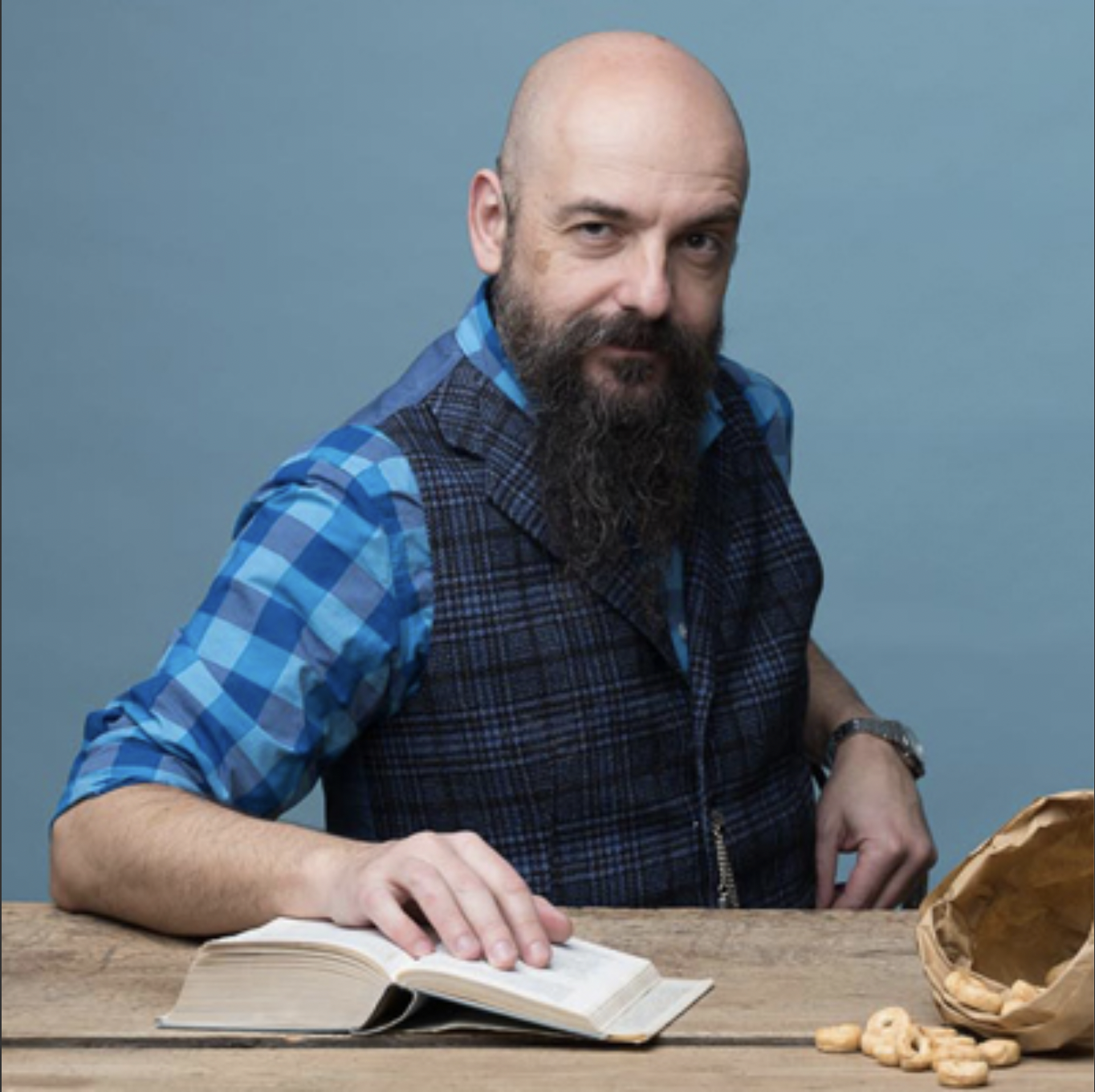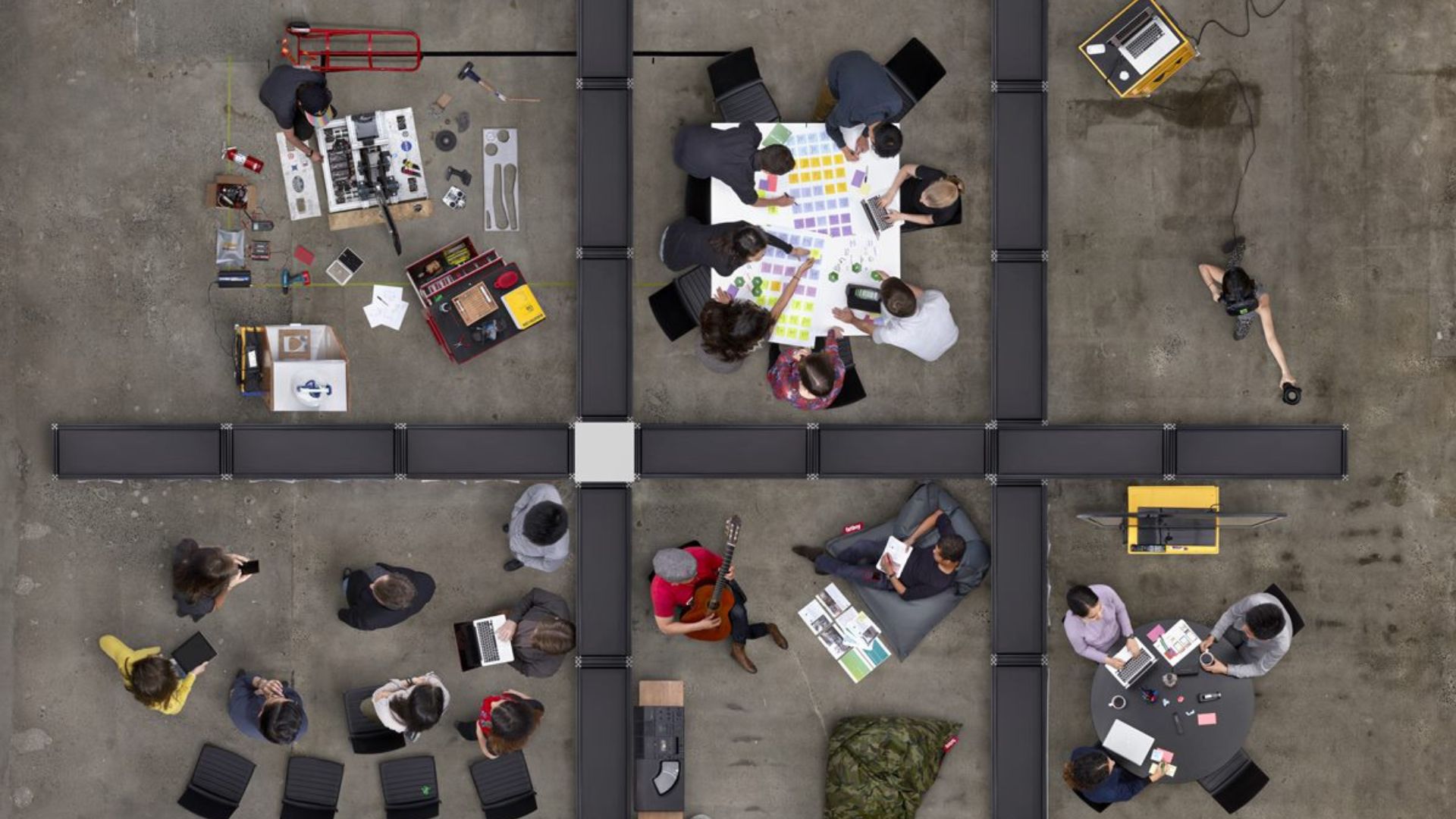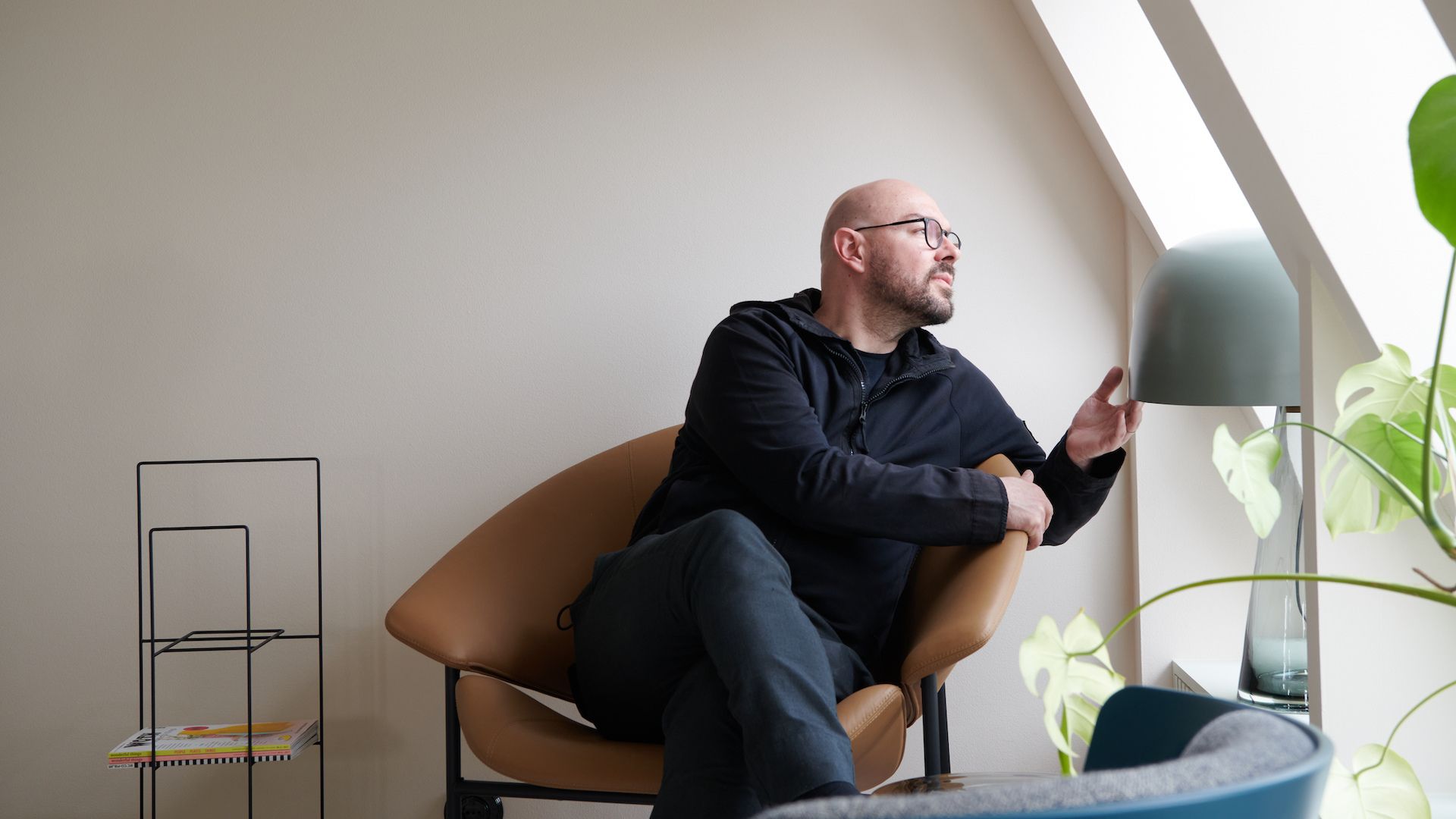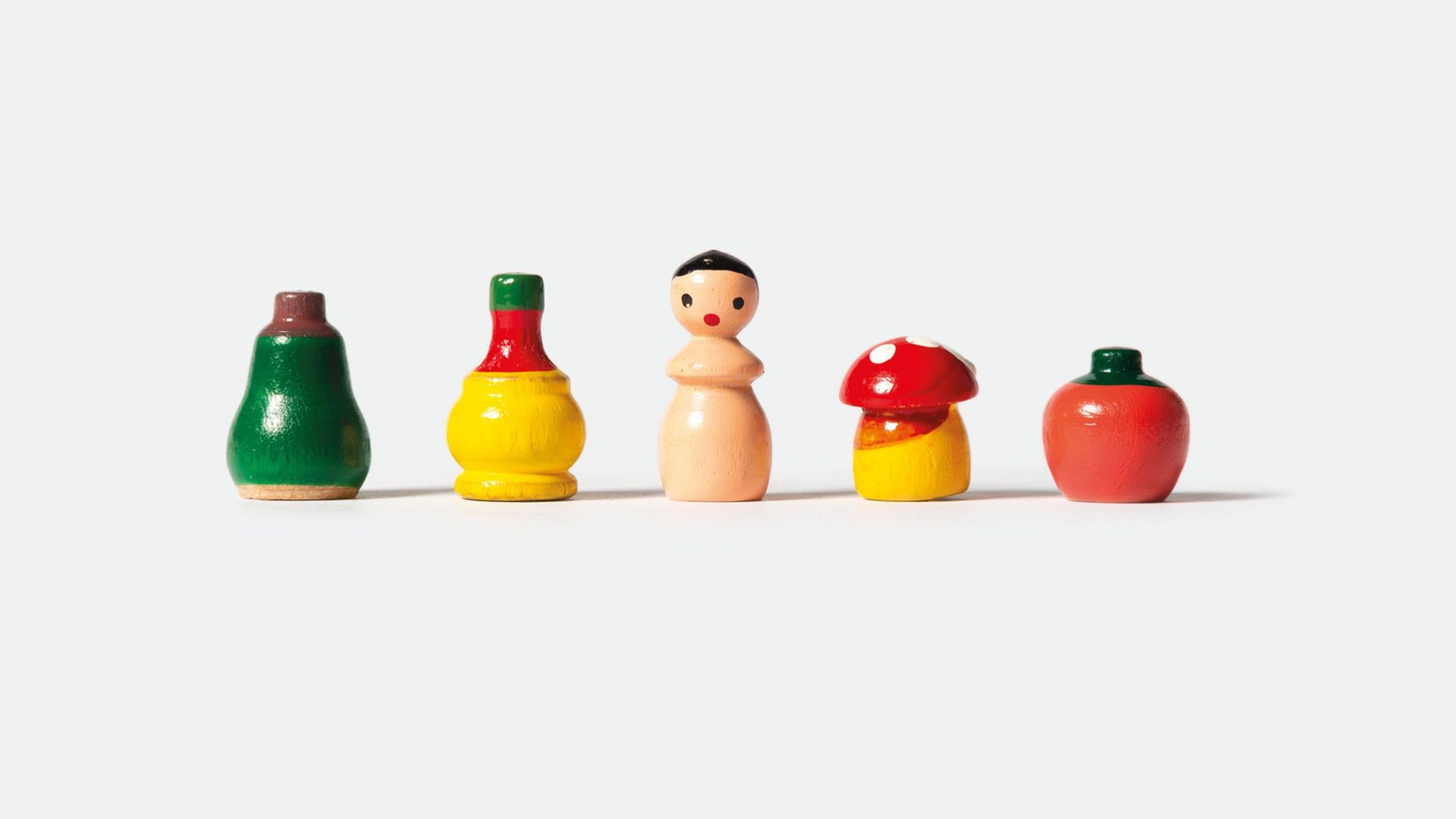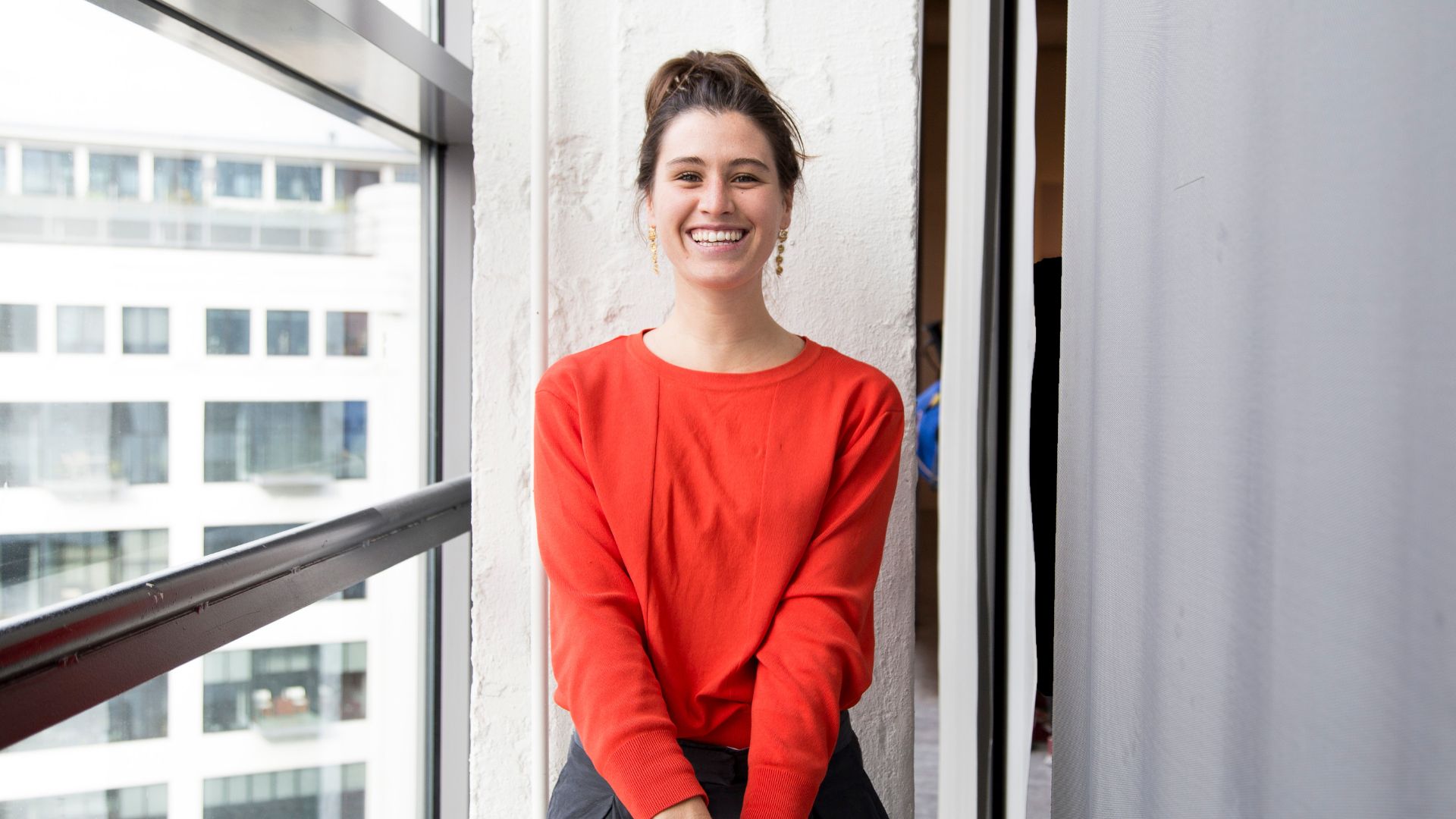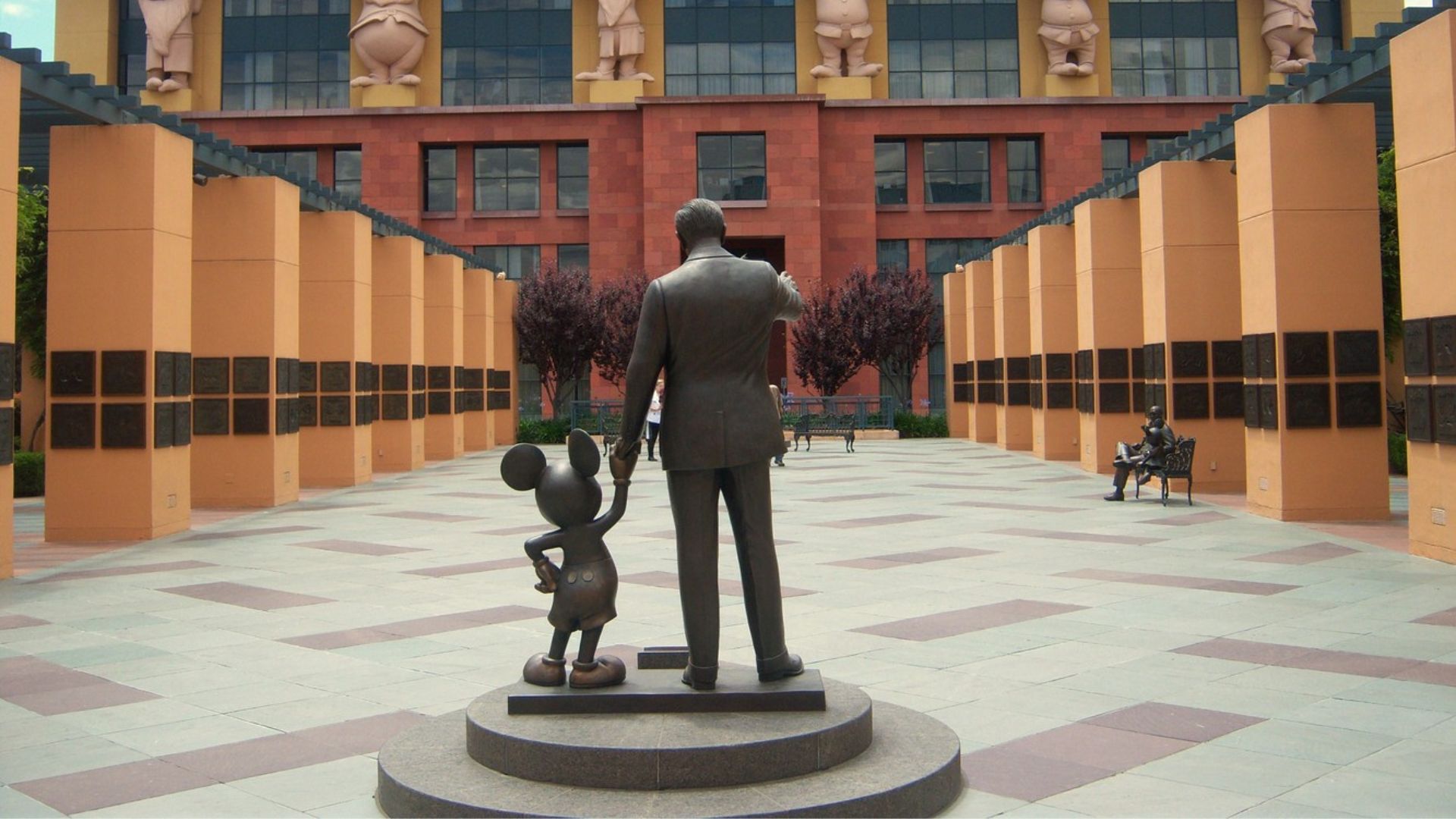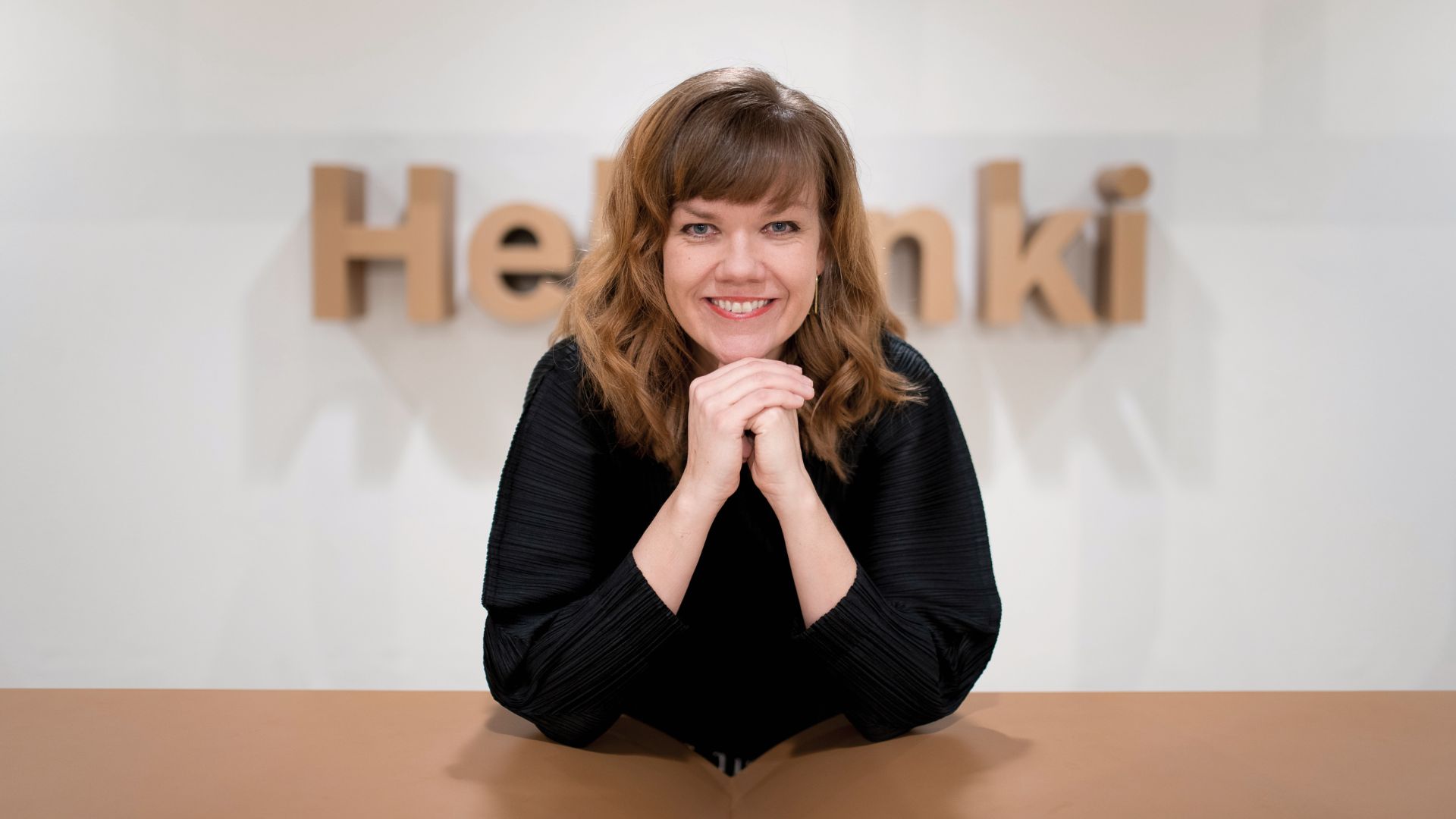AI vs the human designer: an empirical test
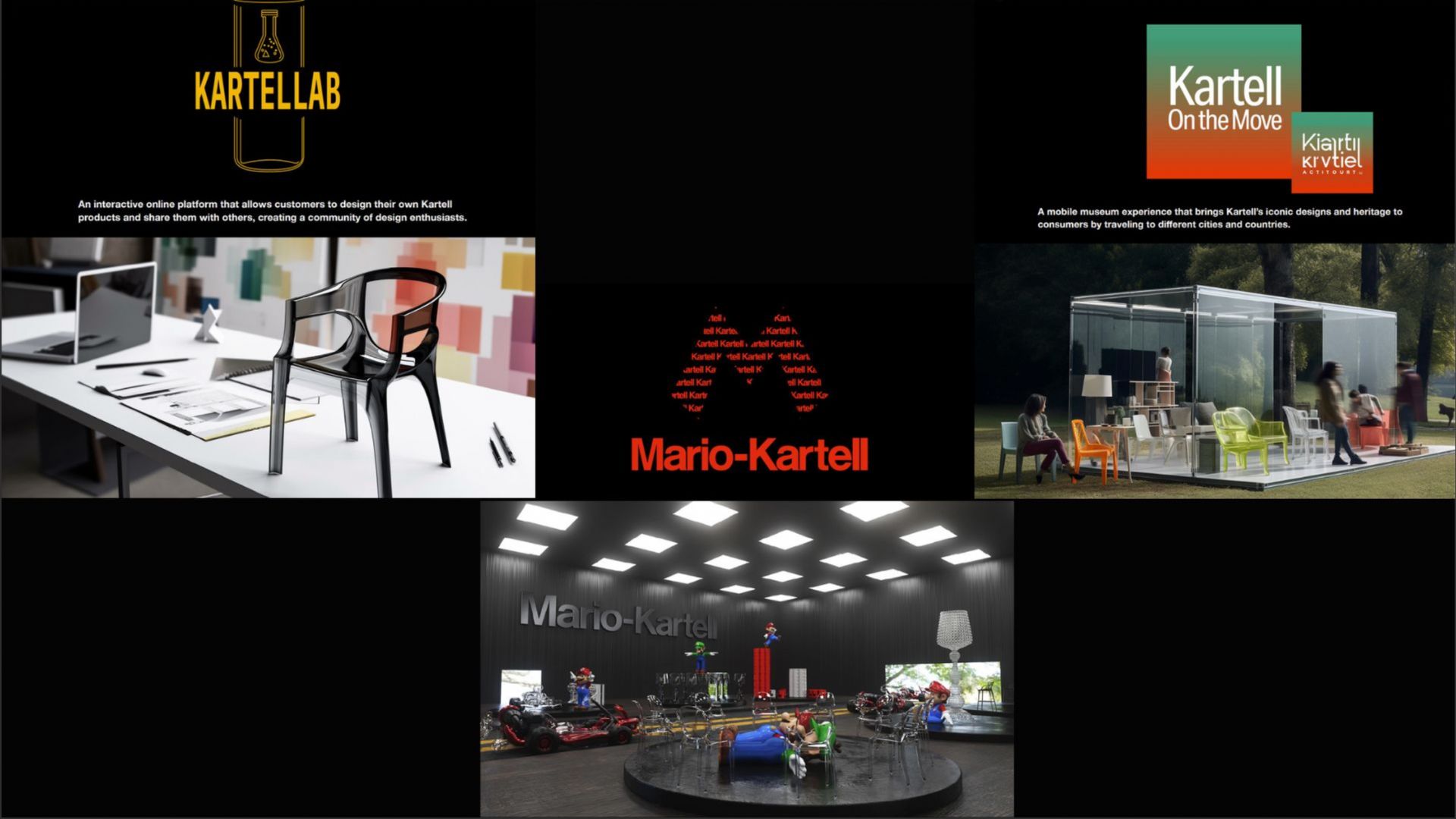
For some months now, designers’ conversations have been full of considerations on the future role of AI systems.
These conversations, which take place online and offline, are an alternation of impulses.
There is that superman attitude that says no computer can ever do a job as well as a human designer.
And there is the moment of despair: when you see everyone sitting on the church steps reaching out with a hat in hand, while AI does your job without complaining about overtime on the weekend and costing a tenth.
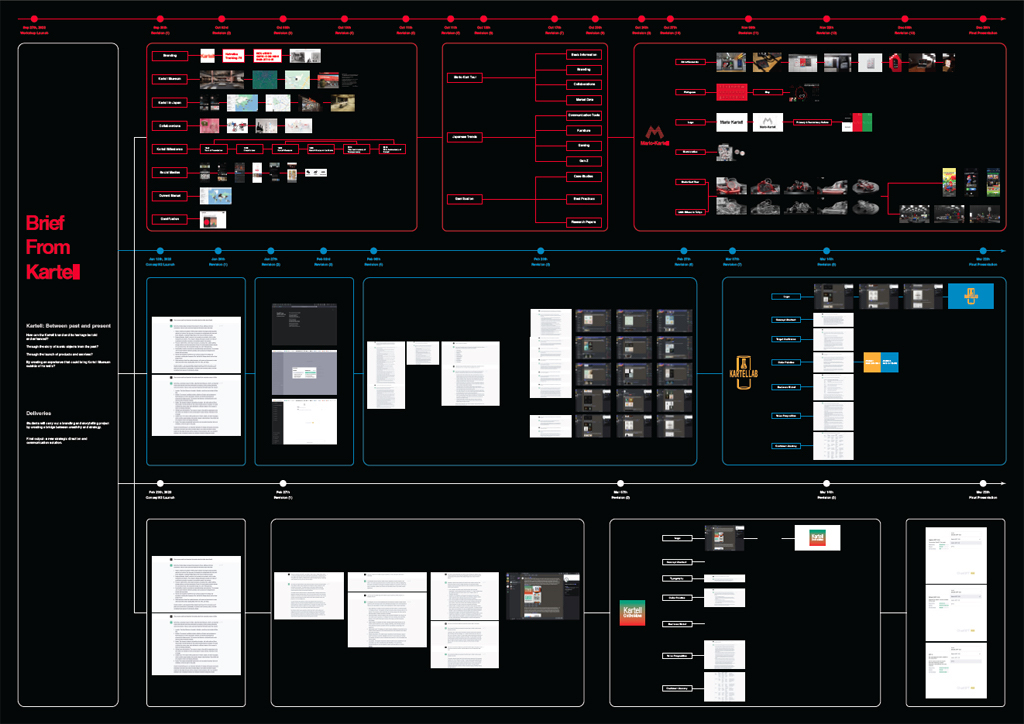
But what happens if we look at AI and design objectively?
In the last three months I have been supervising a beautiful thesis project of a student from the Master in Visual Brand Design in Domus Academy Milan, Po Jui “Bryan” Sung, who did just that: he tried to understand where we are today, and how much AI can actually replace us, working on an already completed project and having it progressively re-interpreted by AI.
Phase 1: Humans only
Bryan started from an already completed project: a work by a group of students developed with Kartell to propose new marketing and communication hypotheses.
To arrive at the proposed solution, Bryan’s group worked for about a month, carrying out research, brainstorming and the executive phase under the guidance of a teacher and project leader and with the support of the company.
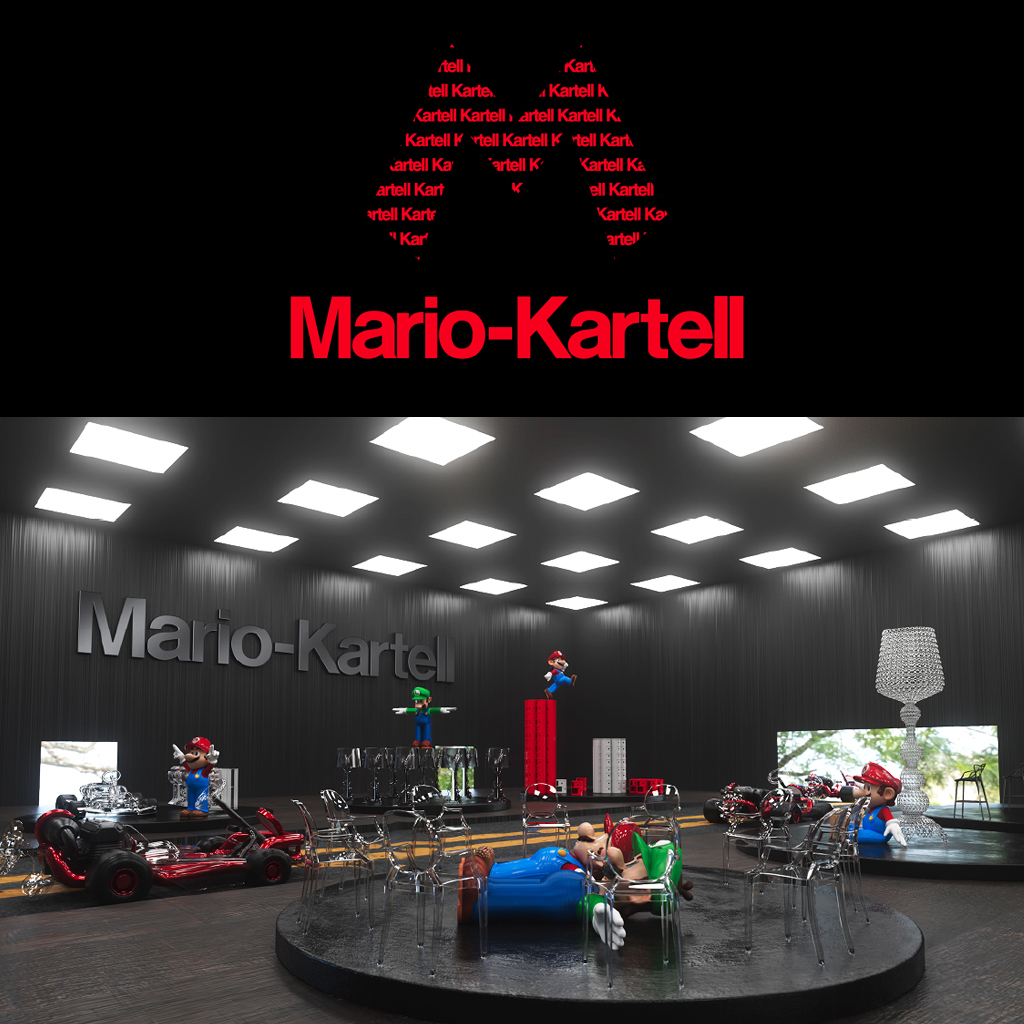
Phase 2: ChatCPT + Midjourney and some human support and choices
The next step was to use the same project brief as a question to ChatGPT, which Bryan asked to suggest ten creative hypotheses.
Most of these were actually pretty good.
Choosing what was apparently the best among these, ChatGPT was asked to develop it further until arriving at a solution developed enough to be described to a customer and represented by a specially designed logo.
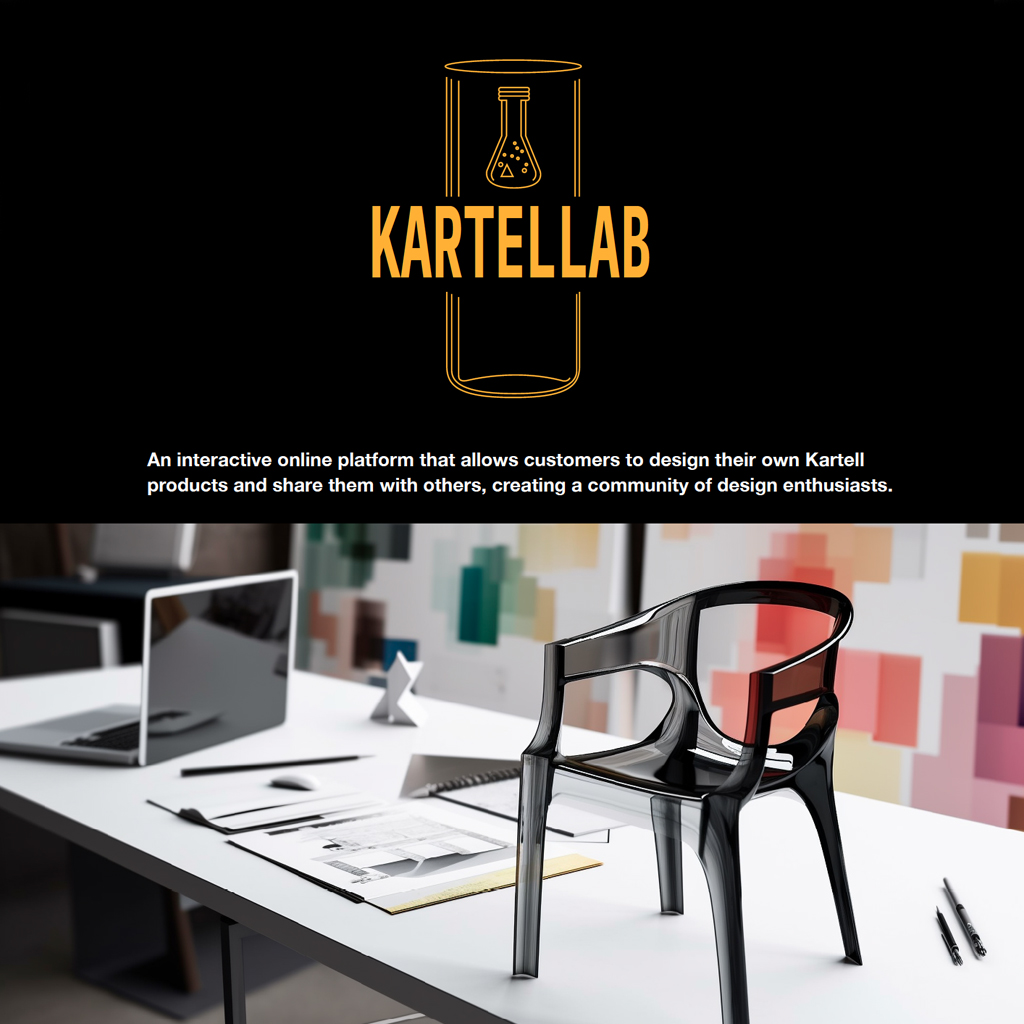
The logo was designed by Midjourney using a prompt written by ChatGPT used multiple times with minor modifications, to have many variations to choose from.
The practical problem is that Midjourney has trouble handling text in images, so the executive was quickly reshuffled by Bryan.
Phase 3: AI only
A third version of the project was created with minimum human intervention.
Bryan asked ChatGPT for a single solution rather than variants to choose from, and then developed it through questions that never involved generating alternatives.

Also for this proposal a logo was generated by Midjourney, but in this case the first proposal generated by AI was taken and optimized.
At this point we had three proposed solutions to the same brief in our hands.
The first created entirely by human work, the second by AI with a designer playing the role of creative director and graphic executor, the third developed by AI with the designer in a completely subordinate role, as a pure executive.
The analysis of the three projects
Starting from these we built an online questionnaire that acted as a Turing Test for a creative content.
We asked the 170 people* who responded to the test which result they thought was the best.
And to try to guess, for each of the three proposals, whether they were the result of pure human work, mixed AI/human work or the sole ability of AIs.
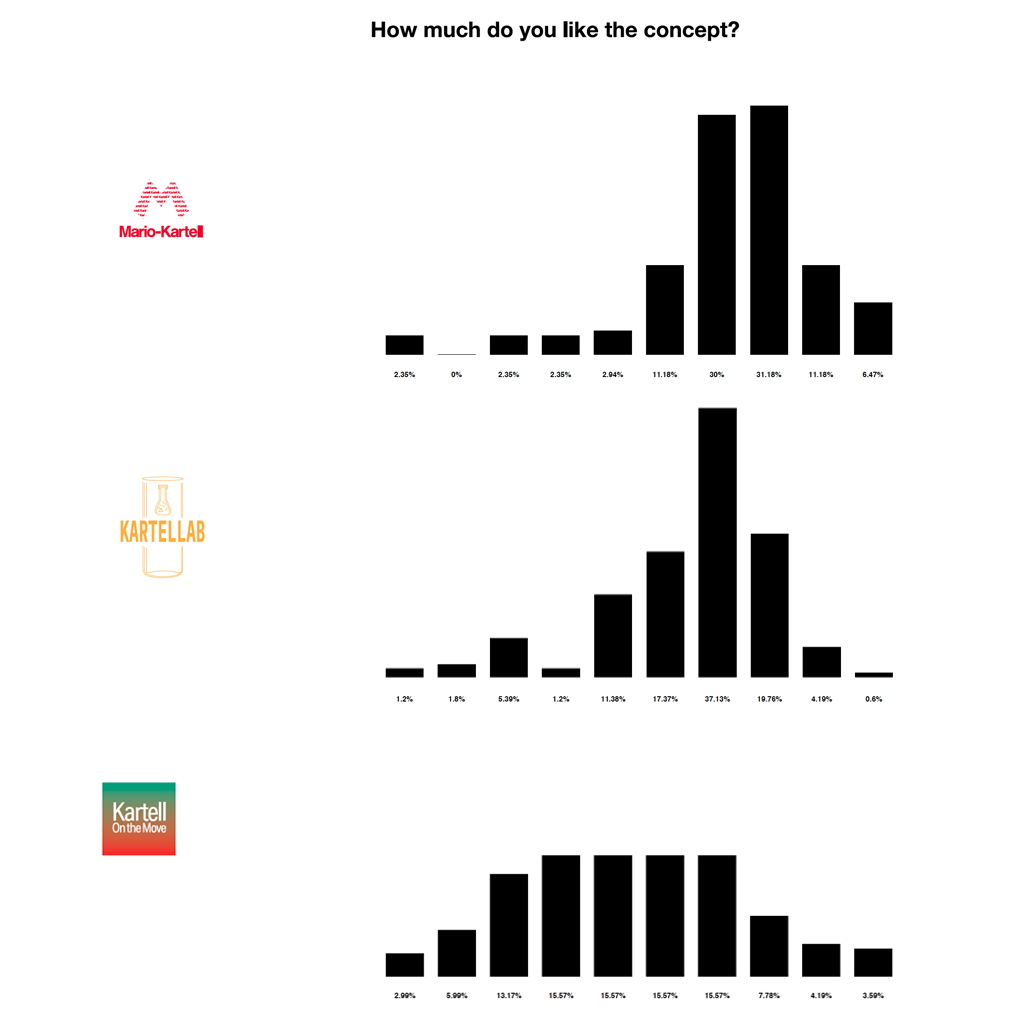
The results and the questions that are still open
The first result is apparently comforting: 55% of people believe that the best solution is the one resulting from only human work, while only 8% prefer the one in which human work has been reduced to a minimum.
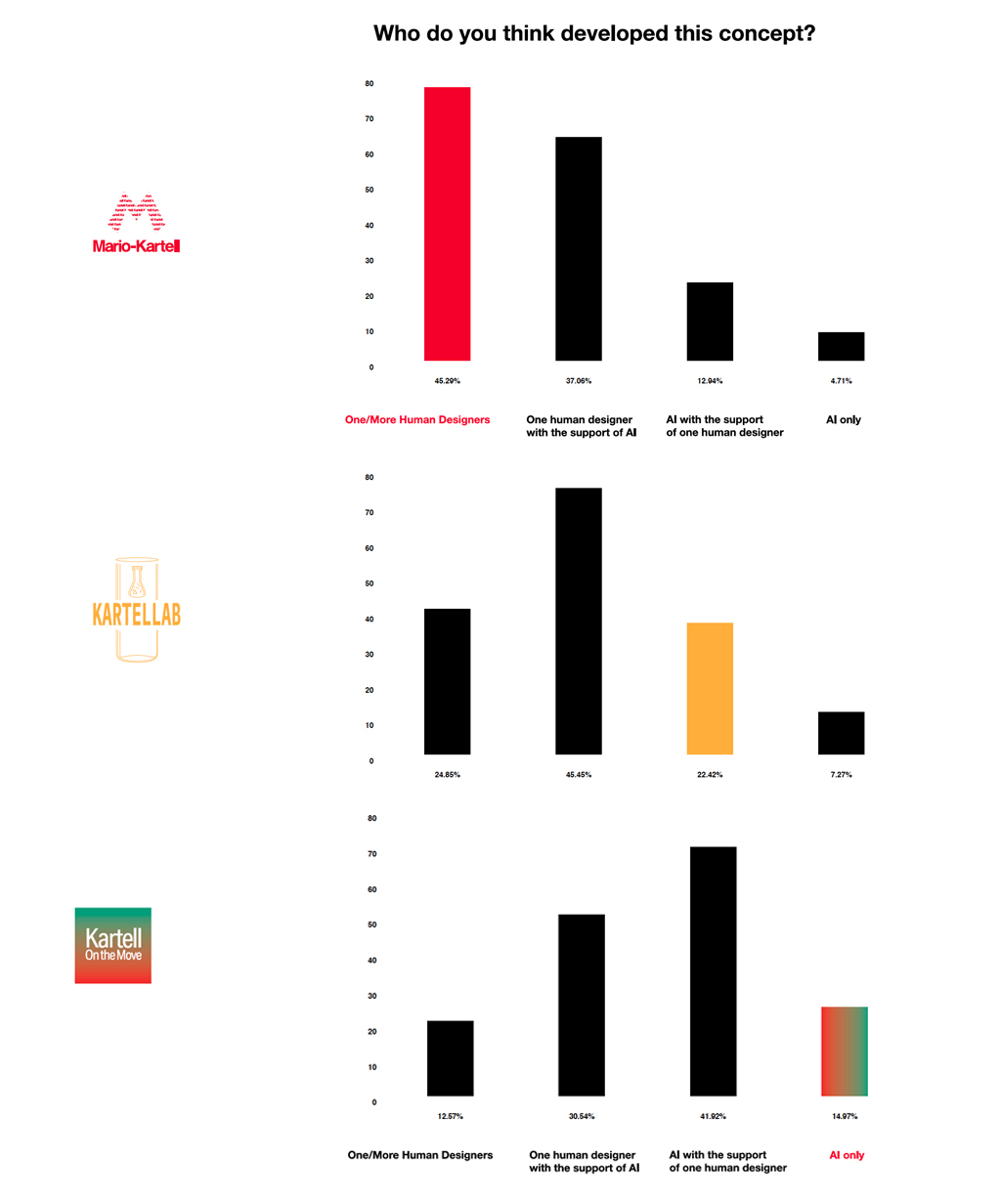
However, the 36% of preferences for the proposal for which the human designer only acted as art director and executor were significant.
However, only 45% of respondents consider the best proposal (human designer) to be the result of human work alone. While for subsequent proposals this percentage drops to 25% (AI + human) and 12% (AI).
Overall it seems that observers evaluate human creativity positively, and recognize its presence, even though
they are not able to clearly distinguish human creativity and AI creativity.
How would the general public respond?
However, the respondents were young people, involved in the design sector, and Artificial Intelligence is already a rather familiar tool for them.
It would therefore be interesting to be able to obtain more extensive results by questioning a general public that may have less sensitivity with respect to the value of creativity and the ability to design.
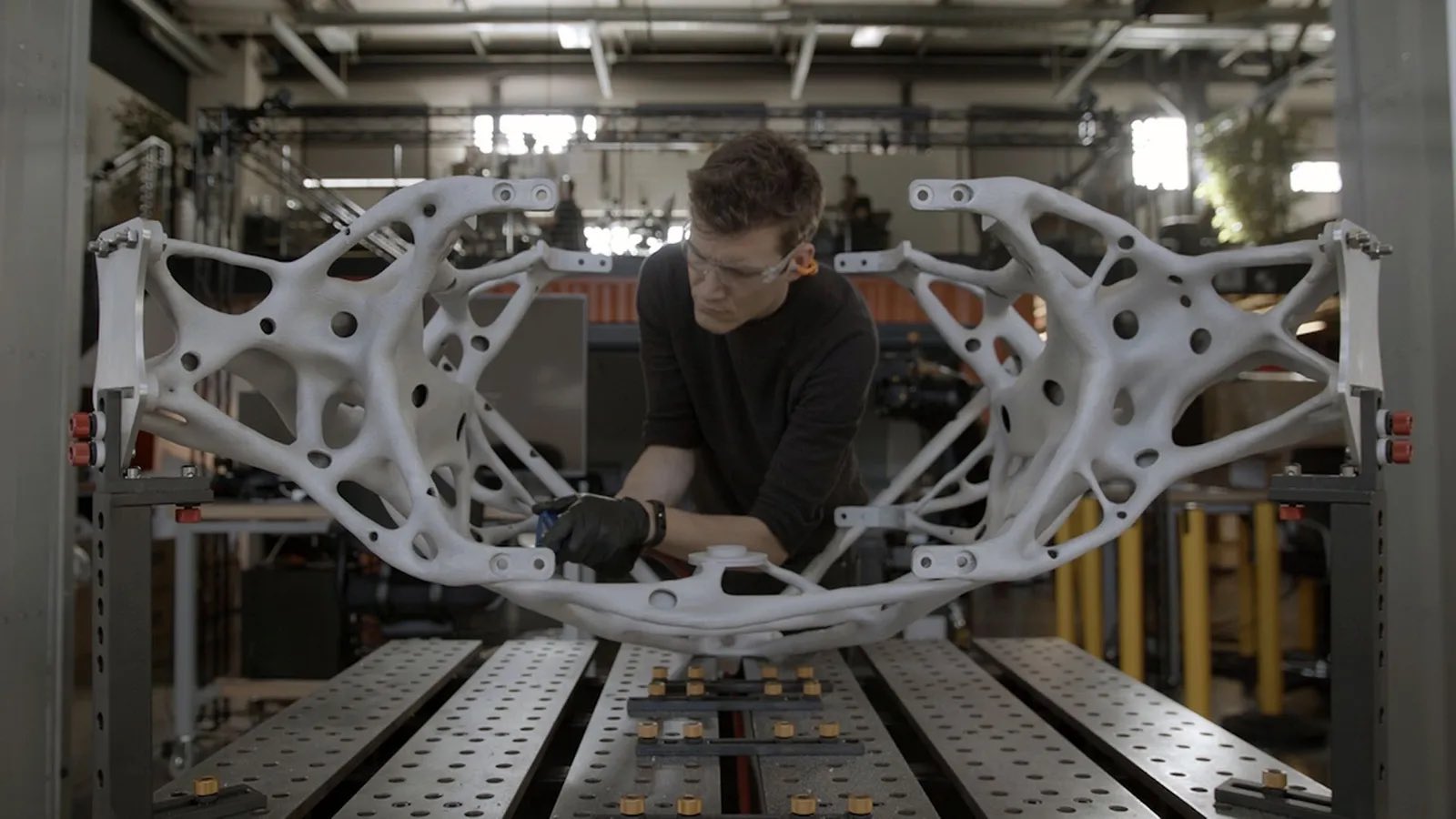
What results would you have had if you had chosen a different project?
Other elements to observe are the work topic and the progress of the AI systems.
A project that starts from strategic instances requires complex reasoning based on a level of deep understanding of the subject matter, and it is reasonable to think that human competence produces a significant advantage in this.
However, it is not certain that for simpler subjects human competence is equally distinctive and advantageous.
Where will the development of AI go?
Finally, there is the issue of the development of AI.
It is not new: it has been talked about, in different ways, for decades.
The two currents we are dealing with today – the creation of images starting from text prompts and the conversation in natural language with a system that seems to understand and be capable of processing complex concepts – have however been available to the public for a few months, and in recent months they have had a very rapid evolution that shows no sign of slowing down and rather seems destined for continuous acceleration.

A conclusion (which is an opinion)
It would be nice to have a conclusion.
I don’t have any, but I have an opinion: AI will get stronger, they will become an extraordinary support tool for human creativity.
AI will require new skills (AI Jockey or Prompt Designer)
and very quickly they will replace human creativity in the tasks in which this it is essentially the repetition of standardizable processes.
AIs will be perfect for creating mainstream products, temporary blockbusters, commodities.
I don’t think they will replace man in pure invention processes, at least not in the short term, but whoever wants to invent will have to consider them allies, if not even friends. Artists will be able to do without it, and perhaps they would do well to do so.
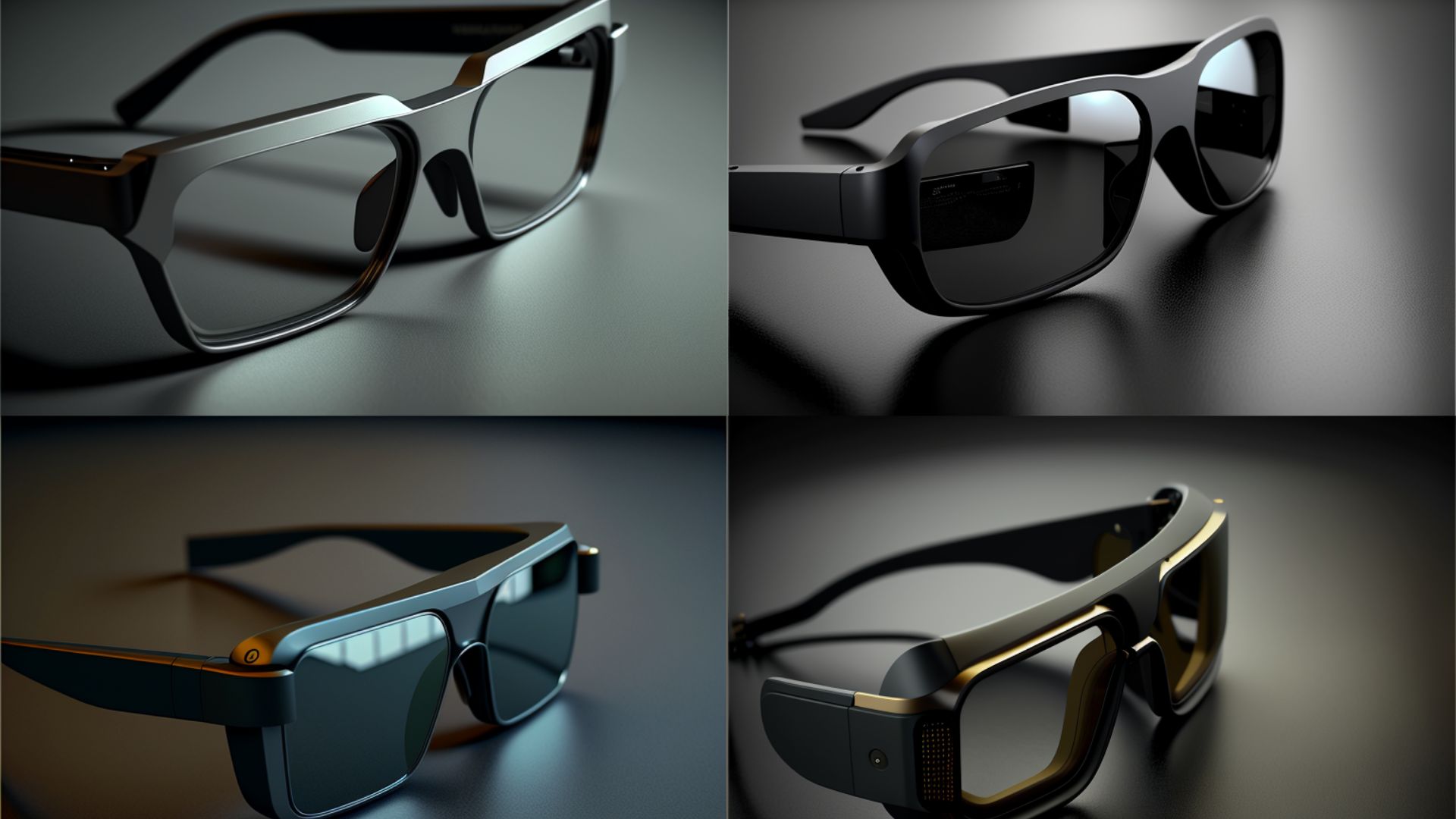
///
*) The sample of 170 people is naturally not sufficient to have statistically valid results; respondents were recruited directly via email and within Facebook groups dedicated to the use of AI in the creative field. About half of the respondents declare that they have already used AI systems in their creative work; 61% are in the 21-30 age group; 75% declare that they are sufficiently familiar with AI; over 90% of respondents work in design, with a large prevalence of graphic designers.


